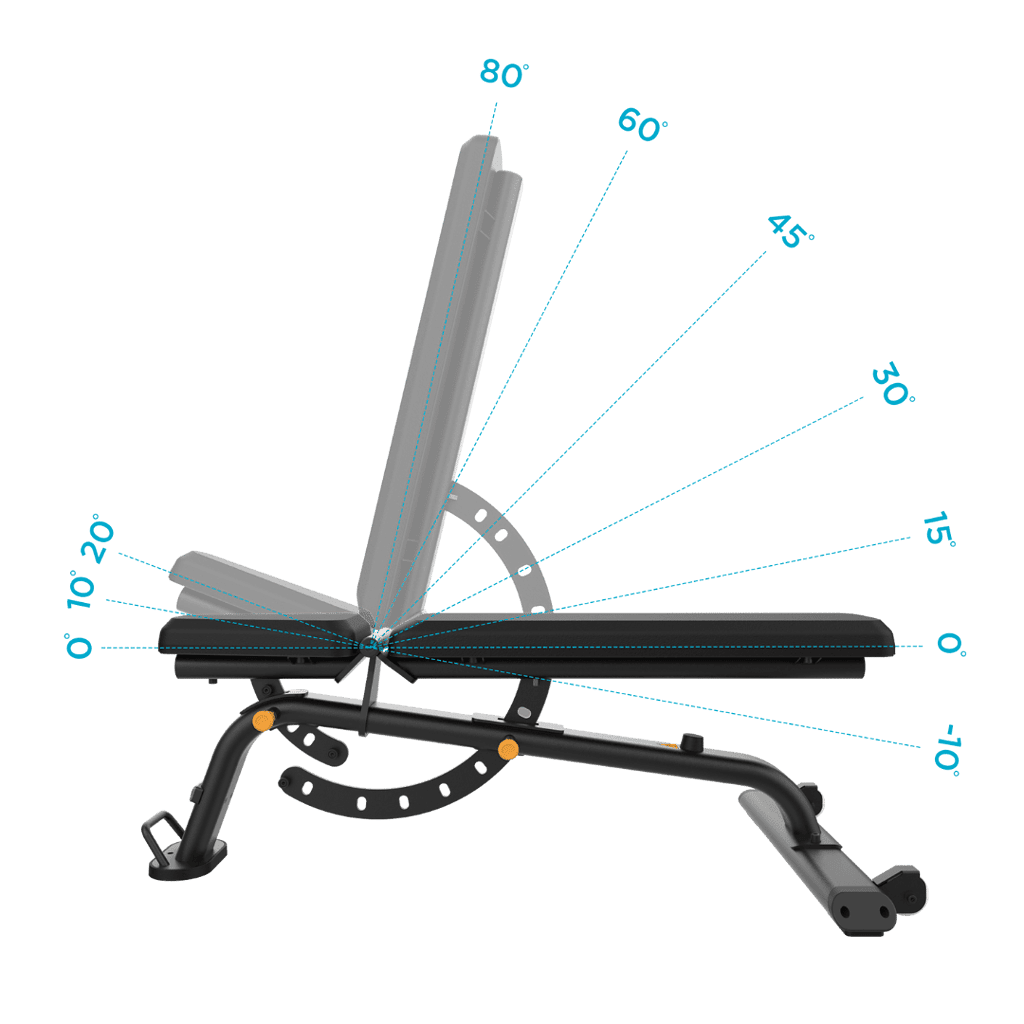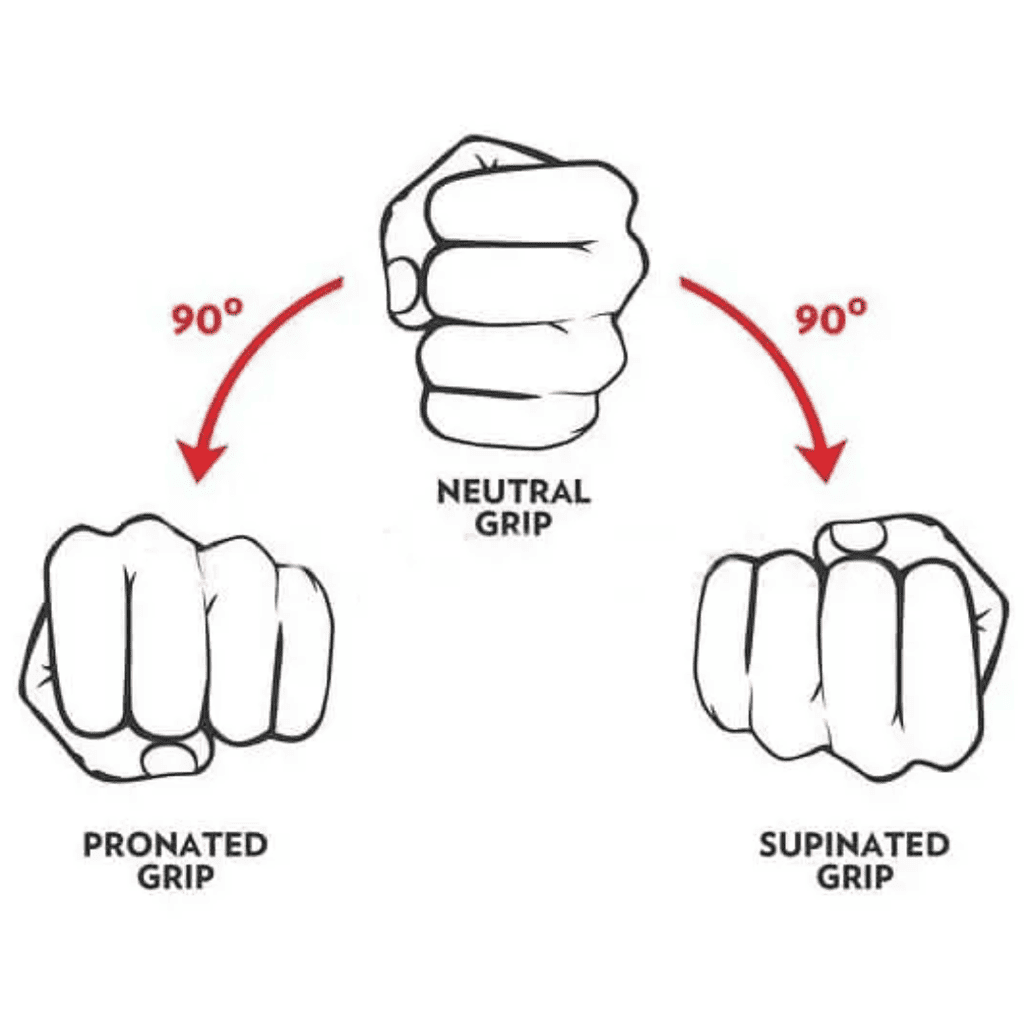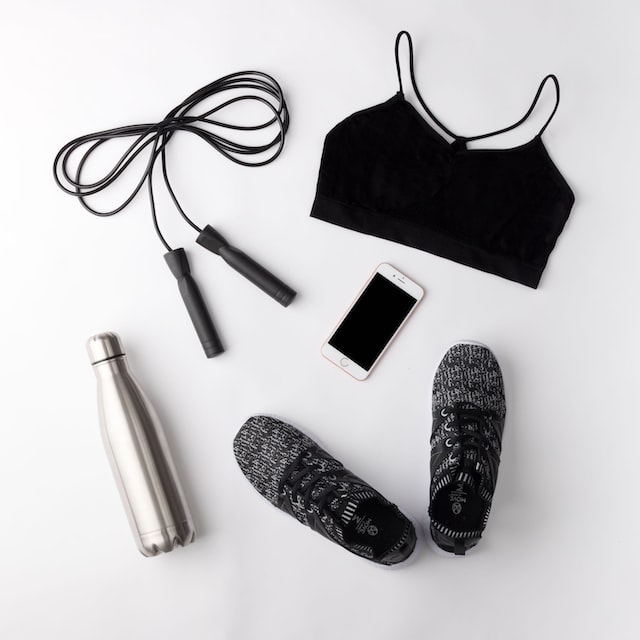How to Optimize Your Incline Bench Press Angle
When it comes to building a strong and defined upper chest, the incline bench press is one of the most effective exercises you can do. This exercise helps to create a more well-rounded and aesthetically pleasing chest. However, not all incline bench press variations are created equal, and the angle at which you perform the exercise can have a significant impact on your results. The ideal angle will vary depending on several factors that we’ll discuss in this article.
Key Takeaways
- The optimal bench angle for the incline press will vary depending on your goals and body characteristics.
- A 30-degree angle is the best for full chest development.
- An incline bench press may not be the best pressing movement if your goal is to gain strength.
Optimal Bench Angle for Incline Press
The incline bench press targets mainly the clavicular head of the pectoralis major and the anterior deltoid. However, one factor that can impact the effectiveness of this exercise is the angle of the bench.
Most benches can be adjusted to various angles, ranging from a slight decline to a near-vertical, 90-degree position. The angle of the bench affects the degree of shoulder flexion and the range of motion of the exercise, which will impact which muscles the exercise targets.

Muscle Activation
Research suggests that the optimal incline bench press angle for upper chest development is 30 degrees. A 45-degree angle is also a good option, but inclinations greater than that will produce significantly higher activation of the anterior deltoid (front shoulder) and decrease the muscular performance of the pectoralis major (lower chest). [1],[2]
However, it’s important to note that the optimal angle may vary depending on individual factors such as body type, past injuries, and goals. For example, if you have poor overhead shoulder mobility, you might find that lower degrees such as 15 and 30 feel much more comfortable. This can also be true if you’ve had injuries such as shoulder impingement in the past.
As for your goals, the argument becomes more subjective. From personal experience and from working with clients, I’ve noticed that most if not all people are stronger when performing a flat bench press. This can be due to several factors, although I assume that it’s mostly because the flat bench press allows for more efficient leg drive due to better horizontal force transmission.
So, if your main goal is to gain strength, I’d recommend opting for flat bench presses wherever possible. For variety, you can use different equipment such as dumbbells instead of a barbell or vice versa. If you still want to have a go with an incline variation, I’d go with 15 or 30 degrees.
In addition to the bench angle, other factors that can impact the effectiveness of the incline bench press include grip width, bar path, and tempo. Let’s have a look at the incline bench press execution and how you can find the best settings for yourself.
Performing the Incline Bench Press
The technique for performing the incline bench press correctly will mainly vary based on the angle and grip that you’ve chosen. First, let’s have a look at some basic instructions on how to perform a dumbbell incline press. After that, we’ll discuss some tips and considerations for changing different variables and how different weights can affect the movement.
- Adjust the bench to an incline angle that you’ve chosen to use.
- Ensure the bench is securely locked in place.
- Start with a weight that you can lift for 8-12 reps.
- It should be lower than what you’re using for flat bench presses.
- Lie back on the bench with your feet flat on the floor.
- Grip the dumbbells using a regular overhand grip and hold them directly over your shoulders
- Inhale or use the Valsalva maneuver and slowly lower the bar to your chest.
- Exhale or brace and press the dumbbells back to being directly over your shoulders.
Tips
- Your back should be arched naturally, with your shoulder blades retracted and down.
- Aim to bring the dumbbells to the middle of your chest.
- Keep your wrists straight and elbows slightly tucked in.
- Maintain control throughout the movement.
- Avoid bouncing the bar off your chest and arching your back excessively.
- Use a spotter when lifting heavy weights.
Grip Variations
The main variable that you can play around with, besides the angle of the bench, is the grip. Normally if we think of pressing movements, we think of a regular double overhand grip. However, for most exercises, you can also use the neutral grip where the palms are facing each other.

A neutral grip will require you to tuck your elbow in more. The bar path/dumbbell trajectory will also be different. In the instructions above, I instructed you to aim for the middle of your chest. With a neutral grip you’ll want to go lower than that.
Some people also use a suicide grip, or a double underhand grip, when doing the barbell variation. Don’t be like some people. It’s unnecessarily dangerous and doesn’t appear to provide benefits other than the kick you get from the fear of the bar slipping.
Tempo
Another thing you can do to make the exercise more challenging and unique is to introduce tempo. What I mean by that is that you lower the weight slower than you would normally.
This will increase the time under tension which could be linked to increased hypertrophy.[3]
Barbells vs. Dumbbells
When performing an incline bench press with a barbell, you will typically use a weight that is heavier than what you would use with dumbbells. This is because you can lift more weight with a barbell due to the stability it provides.
On the other hand, a dumbbell bench press allows for a greater range of motion and can help you get a better stretch on the upper pecs.
The main thing to note when comparing barbells vs dumbbells for the incline bench press is that neither are superior to the other. Both have their pros and cons, but picking your favorite will ultimately depend on personal preferences.
The Smith Machine
Machines like the Smith machine can also be great for performing a barbell incline bench press.
Although using a machine can limit your range of motion and may not be as effective as using free weights, it can be an useful instrument when trying to isolate or get a better feel for a certain muscle.
Conclusion
Overall, whether you choose a barbell, dumbbell, or a machine, an incline bench press is a great exercise to add to your workout routine. I’d recommend you experiment with different angles to find the one that works best for you.
Also, play around with your grip and tempo. It will help you maximize the benefits of this exercise.
References
[1] https://www.ncbi.nlm.nih.gov/pmc/articles/PMC7579505/
